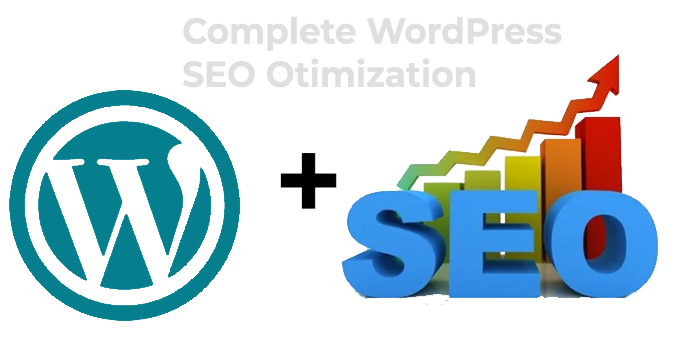
Optimizing your WordPress site for SEO
Optimizing your WordPress site for SEO success involves configuring various settings and using plugins to ensure your content is search engine-friendly. Here are ten critical WordPress settings for SEO success:
1. Permalink Structure
- Optimal URL Structure: Set your permalink structure to a search engine-friendly format. Go to Settings > Permalinks and choose the “Post name” option. This creates clean, readable URLs that include keywords from your post titles.
2. Install an SEO Plugin
- SEO Plugins: Install a comprehensive SEO plugin like Yoast SEO, All in One SEO Pack, or Rank Math. These plugins provide essential tools for optimizing your site, such as XML sitemaps, meta tags, and content analysis.
3. XML Sitemaps
- Automatic Generation: Ensure your SEO plugin generates an XML sitemap and submits it to search engines. This helps search engines index your content more efficiently. In Yoast SEO, you can enable this in SEO > General > Features.
4. Search Engine Visibility
- Site Visibility: Make sure your site is not blocking search engines. Go to Settings > Reading and ensure the “Discourage search engines from indexing this site” option is unchecked.
5. Optimize Titles and Meta Descriptions
- Custom Meta Tags: Use your SEO plugin to customize titles and meta descriptions for each post and page. This allows you to include targeted keywords and create compelling descriptions to improve click-through rates.
6. Enable Breadcrumbs
- Navigation Aid: Breadcrumbs improve site navigation and provide search engines with a better understanding of your site structure. In Yoast SEO, you can enable breadcrumbs in SEO > Search Appearance > Breadcrumbs.
7. Set Up Google Analytics and Search Console
- Analytics Integration: Connect your site to Google Analytics and Google Search Console. This integration helps you track traffic, monitor site performance, and identify SEO issues. You can use plugins like Site Kit by Google for easy setup.
8. Optimize Images
- Image Optimization: Use an image optimization plugin like Smush or EWWW Image Optimizer to compress images without losing quality. Additionally, ensure each image has an appropriate alt text for better accessibility and SEO.
9. Implement a Caching Plugin
- Site Speed: Site speed is a crucial ranking factor. Install a caching plugin like WP Super Cache or W3 Total Cache to improve loading times. These plugins cache static files and reduce server load.
10. Mobile Responsiveness
- Mobile Optimization: Ensure your theme is mobile-responsive. You can test your site’s mobile friendliness using Google’s Mobile-Friendly Test. If needed, consider switching to a more responsive theme or using a plugin to enhance mobile performance.
Bonus: Additional Tips
- Security: Install security plugins like Wordfence or Sucuri to protect your site from malware and attacks, which can negatively impact SEO.
- Schema Markup: Use a schema markup plugin to add structured data to your site, helping search engines better understand your content and improving your visibility with rich snippets.
- Content Delivery Network (CDN): Use a CDN like Cloudflare to further speed up your site by distributing your content across multiple servers worldwide.
Configuring these critical WordPress settings, you can enhance your site’s SEO, improve user experience, and increase your chances of ranking higher in search engine results.
